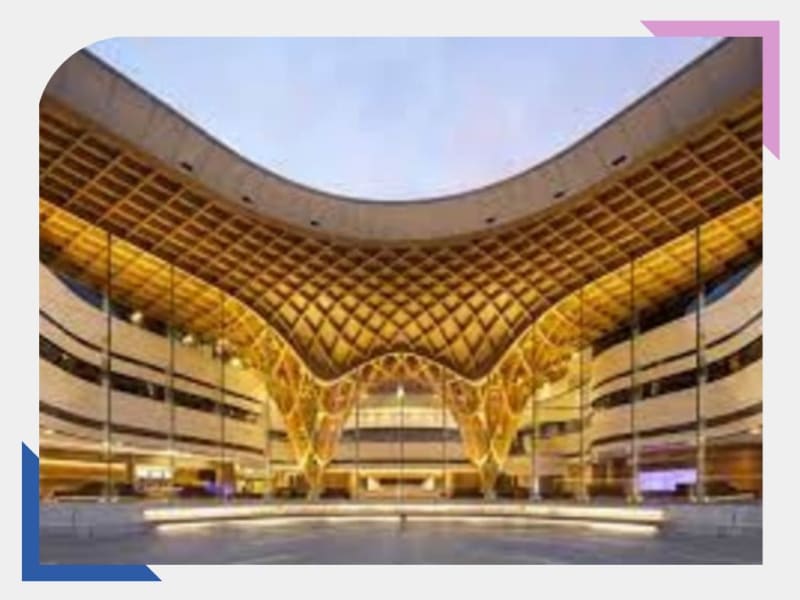
___Our approach
We initially undertook a current state assessment and defined an overarching Data Governance Program, to design a platform architecture to enable the ready integration of disparate data. Subsequently, we were further engaged to develop a more detailed Information Architecture and Roadmap to uplift the organisation's core data and information management capabilities.
The engagement included a significant change management aspect. Business stakeholders were engaged early and often in the journey, to ensure buy-in of the overall vision, principles and roadmap; and to ensure that recommendations were aligned with other organisational initiatives. When innovating this alignment of people and data is key to benefit realisation.